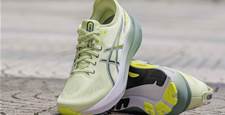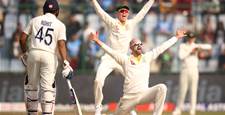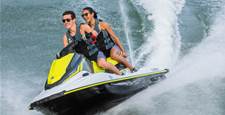The Port Macquarie (NSW) school teacher loves pedalling – the longer, the better.
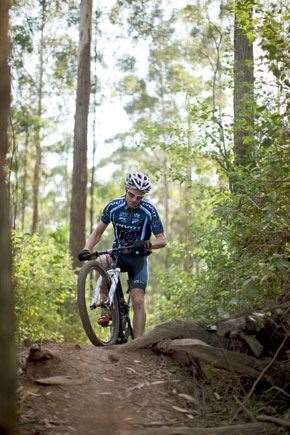 Mountain Biking Jason English
Mountain Biking Jason EnglishImages: Krystle Wright
Eating to ride
“I just love eating – food’s my biggest motivation for training and racing! Given the training I do a lot of people assume I’d struggle to keep weight on, but I actually have the opposite problem – I have to be very careful with what I eat to make sure I don’t put weight on. My wife’s a sport’s dietician so she has that area dialled in. She monitors my carbs very carefully, she cuts all the fat off the meat, she’s always asking me: ‘Do you really need the extra helping? Are you actually hungry now or are you just eating because you love food?’ And she’s right – I eat because I love it!Typically I’ll wake up before five in the morning and have a bowl of Weet-Bix and muesli. I’ll try and eat every hour or so while I’m training. This morning, for example, I did a hard four-hour ride, so I made two jam sandwiches and took them and a couple of sports bars on the ride with me. When I get back from the ride I’ll normally have another big bowl
of cereal. Lunch is typically a can of baked beans on toast, and dinner’s always something lean. Obviously I’m always snacking through the day on lollies and fruit. My wife’s always on to me about not consuming empty calories – so soft drinks and alcohol are not part of the diet!”
Riding to eat
“With my race food I like to work on the equation of one gram of carbohydrates per kilogram of bodyweight per hour of racing. So in a 100km-race – which will typically last just over four hours – I’ll try to eat around nine or ten packets of sports gel. You’re talking a serious amount of gel there! But you’re also talking high-intensity work on the bike, so I need to smash down a lot of calories."
“In a 24-hour race, again I’ll be looking to have around 70 grams of carbs an hour. I also try to eat meals that are similar to what I’d be eating on a normal day. So after six hours on the bike I might try and have a slice of pizza each lap for a few laps (laps typically take around 45 minutes). Some people can’t tolerate real food like that on the bike, but I crave it! I see it as reward time – you’re doing 24 hours on the bike, here you go – smack some pizza down! No guilt there ... Come breakfast time I’ll have a milkshake with Weet-Bix for three
or four laps. My body’s used to having cereal before and after riding so it works well. Of course, all this food I’m having on the fly – I can’t stop to eat, so my wife just passes it to me as I pedal through the transition area."
“Drinks wise, I’ll have water one lap and electrolyte drinks the next, rotating throughout the race. Looking at a 24-hour race, I could be drinking 20 litres of fluid,
so it’s important to keep the electrolytes up, keep getting the salt in.”
Battle tactics
“Strategy is a very big part of 24-hour races. I like to ride to my heart rate, so I’ll always race with a monitor on, and I’ll say, ‘Right, I don’t want to go over 165 beats per minute.’ Keeping under that mark means I’m burning fats as a fuel rather than the high-intensity work that burns carbohydrates and glycogen. At the Worlds I saw Cory Wallace, a Canadian, charge off at the start while I just wound back and rode to heart rate. You know, Cory is clearly fitter than me, but at the end of the day his legs were busted from going out too hard.
“I’m also constantly trying to make sure I ride as efficiently as possible. It’s amazing how many people will pedal right up to a corner on the track, then slam their brakes on and have to accelerate out of the corner. If I see a corner coming I always back off, roll into the corner, roll out of the corner, then pedal off. I haven’t had to use the brakes, haven’t put in that extra effort. It’s all about efficiency."
“Of course there’s often a trade-off with efficiency. It might, say, be worth pushing harder up a hill so I can sit behind people on the flats and the downhills. At the Worlds last year there was also a fair bit of technical, single-track downhill, so it was always worth putting in extra leading up to one of these sections to make sure I didn’t get stuck behind a rider who was a little bit slower on the downhill.”
Related Articles

Renault blunder costs Ricciardo 'a great result'
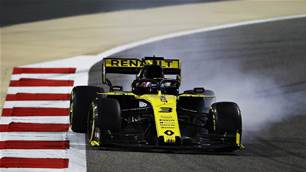
Ricciardo's F1 season start is 'unacceptable', says Renault boss





